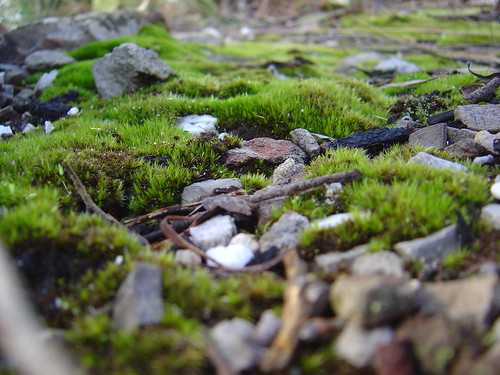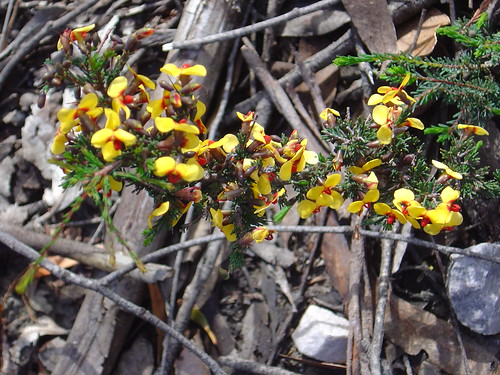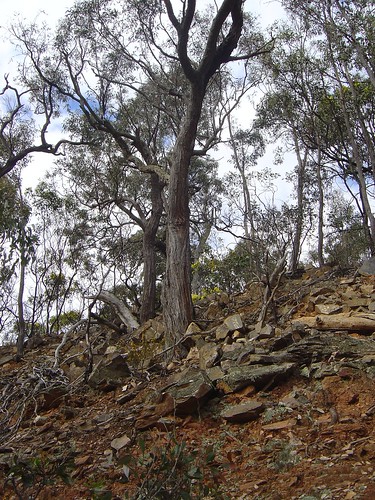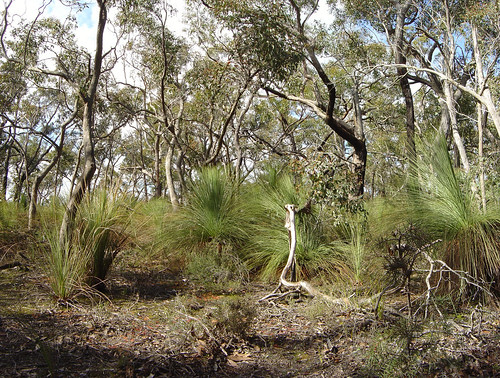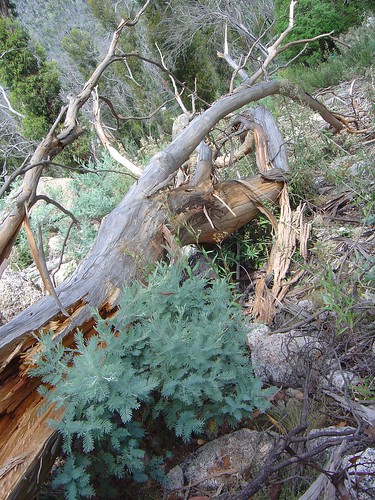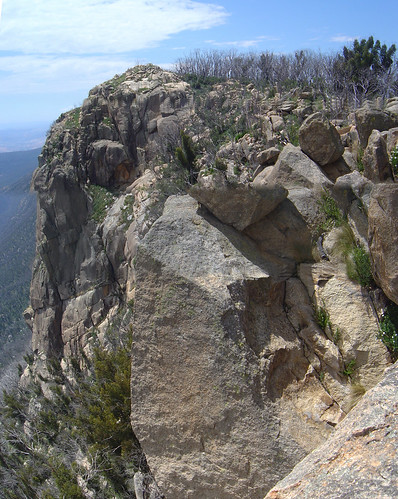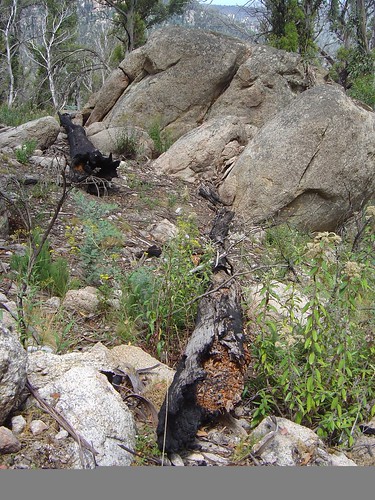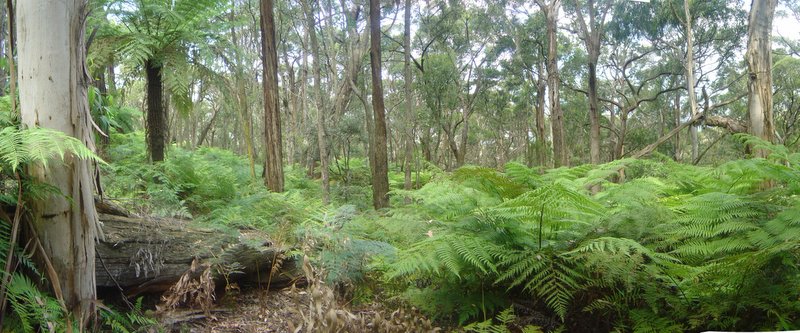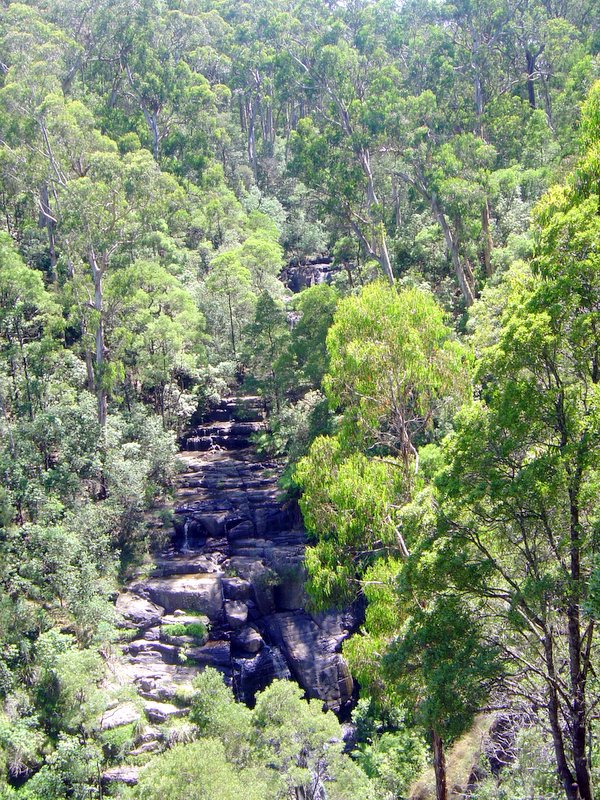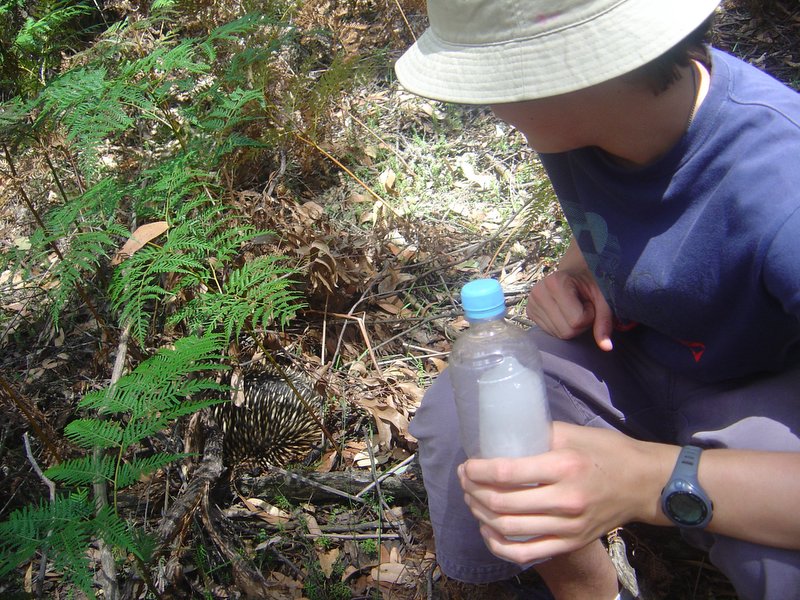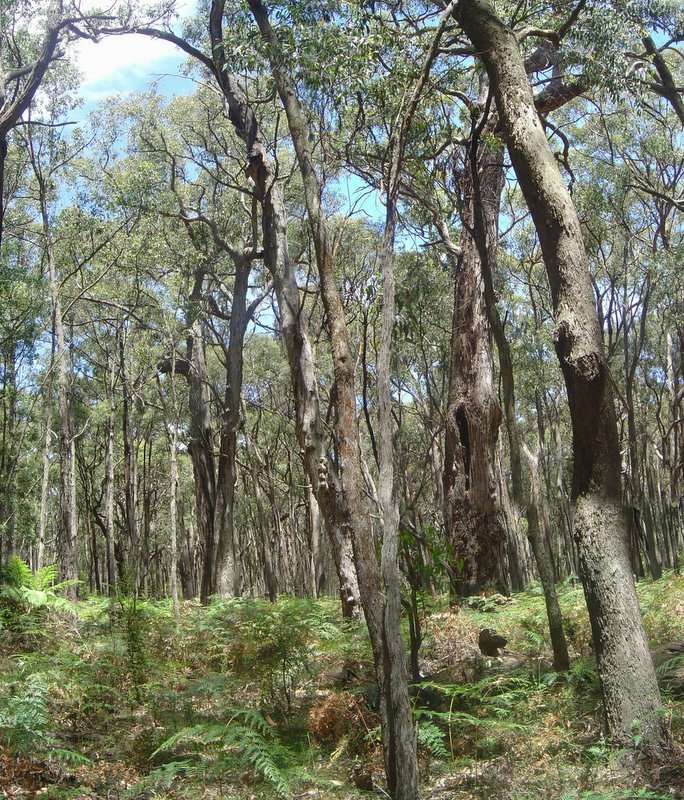
Pigeon House Walk
To really appreciate a walk and a panorama it has to be hard work, right? Well, if that's true you are going to love the Pigeon House Mountain trail. It's three hours of fairly hard slog. But in the end it's well worth it. You'll see the lower end of the Budawangs and get a 360 degree view which includes the Pacific ocean.
Named by James Cook who discovered it from the Endeavour on 21 April 1770, the Pigeon House was recorded in ship's journal as
" ... a remarkable peaked hill which resembles a square dove house with a dome on top".
To really appreciate a walk and a panorama it has to be hard work, right? Well, if that's true you are going to love the Pigeon House Mountain trail. It's three hours of fairly hard slog. But in the end it's well worth it. You'll see the lower end of the Budawangs and get a 360 degree view which includes the Pacific ocean.
Named by James Cook who discovered it from the Endeavour on 21 April 1770, the Pigeon House was recorded in ship's journal as
" ... a remarkable peaked hill which resembles a square dove house with a dome on top".
The Aboriginal name for Pigeon House Mountain is Didhol or Dithol, which means woman's breast. The site was important for the Walbanja and Wandandian tribes because of its prominence and proximity to the tribes'trading routes.
How to get there
Head towards Bateman's Bay taking the Kings Highway and then when you hit the Princess highway turn left and head towards Ulladulla. Make sure you have a 4wd if it's wet. From there on you have two options:
The Wheelbarrow Road route which is off the Princess Highway about, 3km south of Burrill Lake. Wheelbarrow Road is unsealed and joins up with Woodstock road for the final sealed section before turning off at Ridge Road. As at October 2007 Wheelbarrow road had been regraded according to the Ulladulla visitor centre. Watch out for heavy rain falls as you must cross a few streams which can rise stranding you and be wary of protruding branches that can leave bad scratches on your car. I took this way and have done it in a Nissan Xtrail and a Holden Vectra (2wd).
Head towards Bateman's Bay taking the Kings Highway and then when you hit the Princess highway turn left and head towards Ulladulla. Make sure you have a 4wd if it's wet. From there on you have two options:
The Wheelbarrow Road route which is off the Princess Highway about, 3km south of Burrill Lake. Wheelbarrow Road is unsealed and joins up with Woodstock road for the final sealed section before turning off at Ridge Road. As at October 2007 Wheelbarrow road had been regraded according to the Ulladulla visitor centre. Watch out for heavy rain falls as you must cross a few streams which can rise stranding you and be wary of protruding branches that can leave bad scratches on your car. I took this way and have done it in a Nissan Xtrail and a Holden Vectra (2wd).
Another route, once you have turned into Croobyar Road from Milton and then taken Woodstock Road, is the final road out to Pigeon House (Ridge Road). This is unsealed for much of the way and at certain times can be very rough. If you have concerns on taking your car there and can't afford car hire you could consider hiring a utility truck in Ulladulla. I have never taken this route.
The Walk
The area is famous for goannas and true enough I spotted a five to six foot goanna on my second trip. Unfortunately the photograph I took was not worth posting. The flys will not be daunted and seem to have developed a resistance to Areogard and for God's sake don't use the toilet if the seat is up. There will be many flys crawling around the bottom who will fly up towards you and probably land on you once you start to shower them. These things are bigger than sparrows and you will be unable to take evasive action if you are mid-stream. Before you set off take plenty of water. Getting there is hard work and you will need the odd drink. A return walk takes around three to four hours and can be quite testing. It’s around five kilometres long. There are basically 4 stages.
- Stage one is a climb of around 800 metres from the car park across a steep spur.
- Stage two is a pleasant level walk of around 1 km. This is a welcome break from the steep ascent of stage one and gives you time to recover for the next steep stage.
- Stage three another strenous ascent of around 500 metres, over some steps that have been cut into the trail. Towards the top of this third stage you will notice that the vegetation is noticeably taller, lusher and denser, because the soil gets deeper and contains more clay thn the lower reaches.
- Stage four is quite easy and takes you all the way to the top. This entails climbing a series of steel ladders and stairs. From the top you will see excellent views of the Budawang ranges in the expansive Morton National Park across to Byangee Mountain and the Clyde river valley from the west and the Pacific ocean to the South East. The first ladder is pictured below.
As you're eating your lunch I promise you that you will be awestruck by the view. Only around 600 people a year experience this panorama. This means that over the last twenty years, only 0.06% of Australians have even seen it. Sad isn’t it!.








